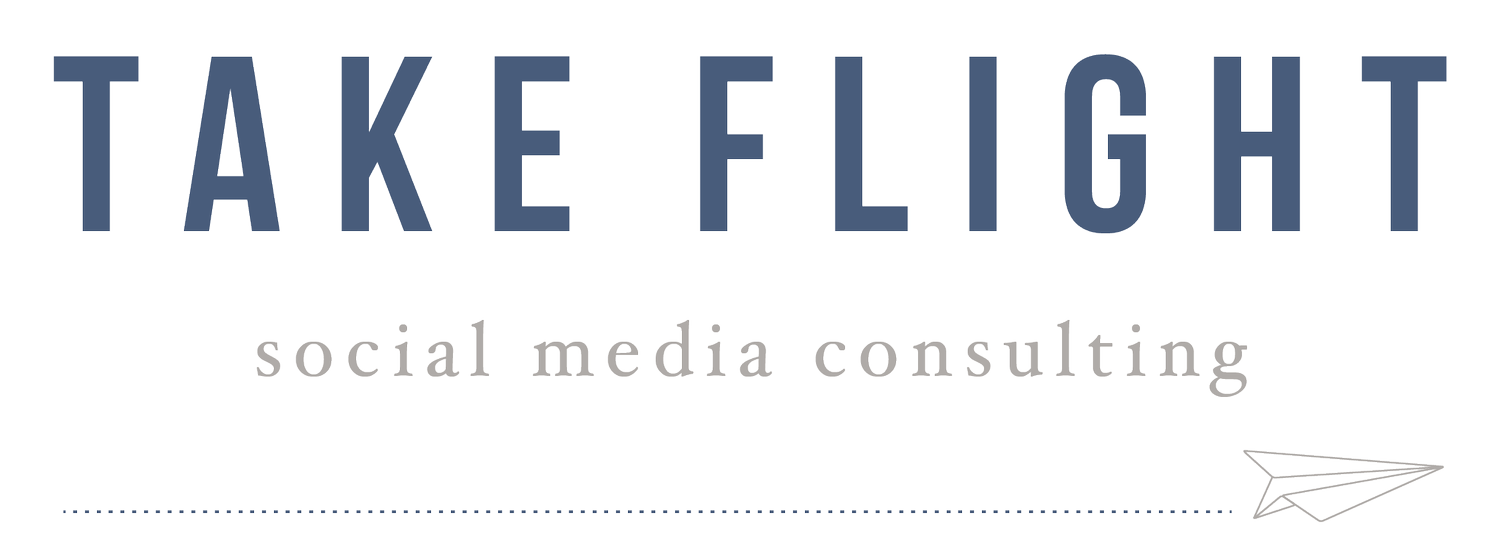Choosing between social media platforms sometimes feels like picking your favorite cocktail—it just depends on your mood. When we chat about it at networking events, or even with friends and family, we hear a lot about Instagram from our more visual friends, Twitter from our favorite information junkies, and Facebook—for more reasons than we can count.
LinkedIn doesn’t join a ton of those conversations. And that’s ok! Not everyone in your book club needs to use the platform, but we strongly suggest your small business needs LinkedIn. We’re sharing some common myths about the platform and some facts that might encourage you to make it part of your business strategy.
Myth: LinkedIn is solely about job hunting
When we recommend increasing time spent on LinkedIn, one of the major pushbacks we hear is that your small business isn’t in the position to be hiring any additional staff—and that you definitely aren’t looking for another job. Despite professional-looking headshots (you won’t see that many suits or pearls on Facebook!) and a focus on work history and job titles, most people on LinkedIn aren’t looking for a new job. While there are opportunities to explore different career options and possibilities, the focus of the platform remains on making industry connections, which can serve to enhance your business’s reach.
Fact: LinkedIn is all business
Unlike other social media platforms, LinkedIn remains focused on making professional connections. If you’re avoiding spoilers for your favorite TV shows or the newest Marvel movies, Facebook and Twitter can be a landmine of memes and theory threads. LinkedIn won’t spill the beans on pop culture secrets Monday morning, so you can peruse the platform safely. What it will do is foster connections within your industry and offer the chance to engage with people already interested in what your business does.
Myth: LinkedIn allows everyone to see what you’re looking at
We don’t deny it; there’s a certain level of satisfaction in checking out people anonymously. LinkedIn lets you know who’s looking at your profile. It’s crucial to reframe your thinking around that part of the platform. Use that tool to make connections! If someone’s looking at your profile, they must be a little interested in what you’re offering. Take advantage of those glimpses!
On the flip side, when you’re browsing through LinkedIn, take the time to think about the connections you want to make. You might focus some of your time on other local small business owners, while devoting a separate day to making industry connections on a national—or even global—scale. Just a suggestion: save the “where are they now?” old prom date questions for a more anonymous platform, like Facebook or Instagram.
Fact: Company pages are the cornerstone of your business footprint on LinkedIn
With its reputation as a hub for professional networking, a company page adds legitamacy, especially for businesses just starting out or trying to expand. A company page shows that you’re invested in the business and brand you’re building, and that you’re eager to spread the word about what you do—including the ways you work with others and the goods or services you provide.
As an added bonus, company pages can be looked at without leaving a trail. You won’t get notifications about who’s been looking at your page, the way you will with a profile. Though that trail helps with making personalized connections, some people like to take a glance at what you do without leaving a digital footprint in your space. A company page lets them accomplish that.
A company page functions as a gathering place for your business. Your connections can leave comments and testimonials there, attesting to the positive things you’re doing. If you’re working solely from a personal profile, there’s no way to really separate your current business’s performance from previous experience. In addition, it’s beneficial to offer a centralized location in the event that your new business is a drastic departure from what you’ve done previously, like if you’re taking your photography from a hobby to a career when you previously worked in accounting.
Myth: LinkedIn only offers one-on-one social connections
When you first visit LinkedIn, most of the clicking and connecting happens in a one-on-one way. Whether you search by company or your own contacts, the first connections most people make on the platform happen in a solitary vacuum. Without a little prodding, it can be tough to get out of that space.
Fact: LinkedIn Groups offer supportive, informative spaces across various industries
To truly maximize your time on LinkedIn, check out the Groups on the platform. Groups allow people in different industries or geographical areas to connect in a more private space. While LinkedIn, in general, allows users to share content, Groups allow business owners and entrepreneurs to highlight their specialized knowledge. Like all content sharing, be sure to build up your reputation before pushing your own services or goods through shares. We occasionally share our newsletters in Groups, but only when we know the other members have a vested interest in social media news.
The bottom line
Your small business needs LinkedIn. We understand it can be tough to get started and truthfully, we know we have work to do there, too. We’re devoting some time to learning all of the different capabilities the platform offers and will keep you updated with what we discover so we’re ready to help when you are!
Have you tried networking on LinkedIn?


